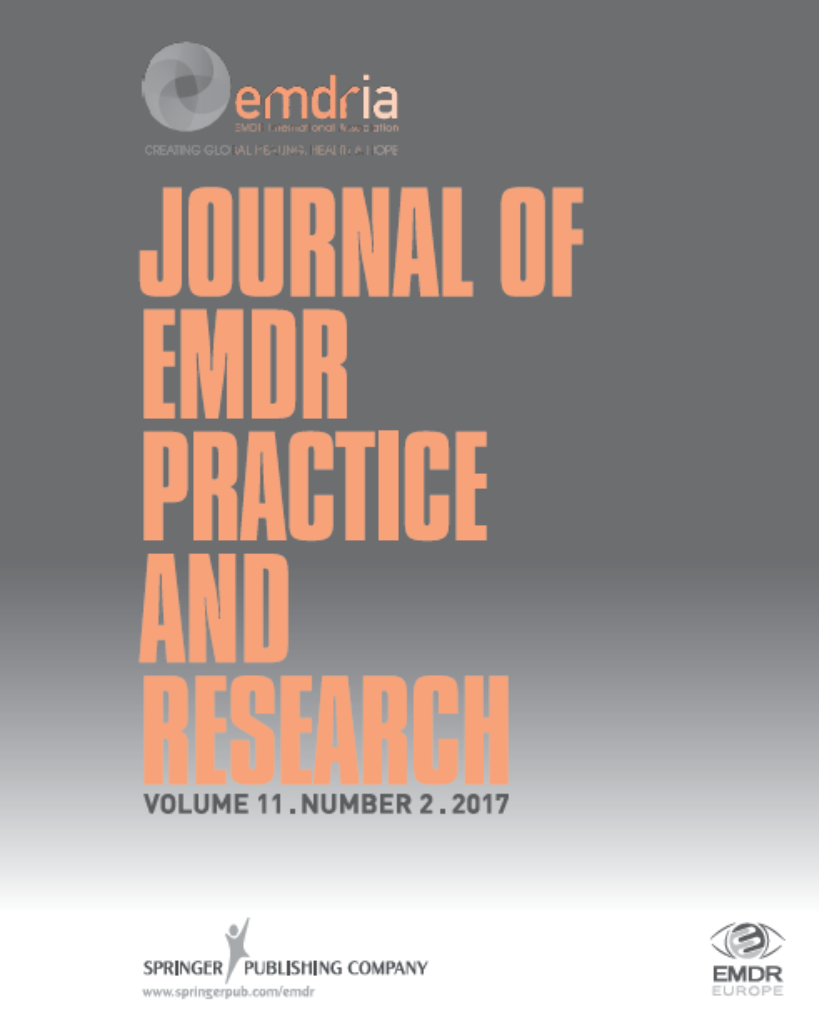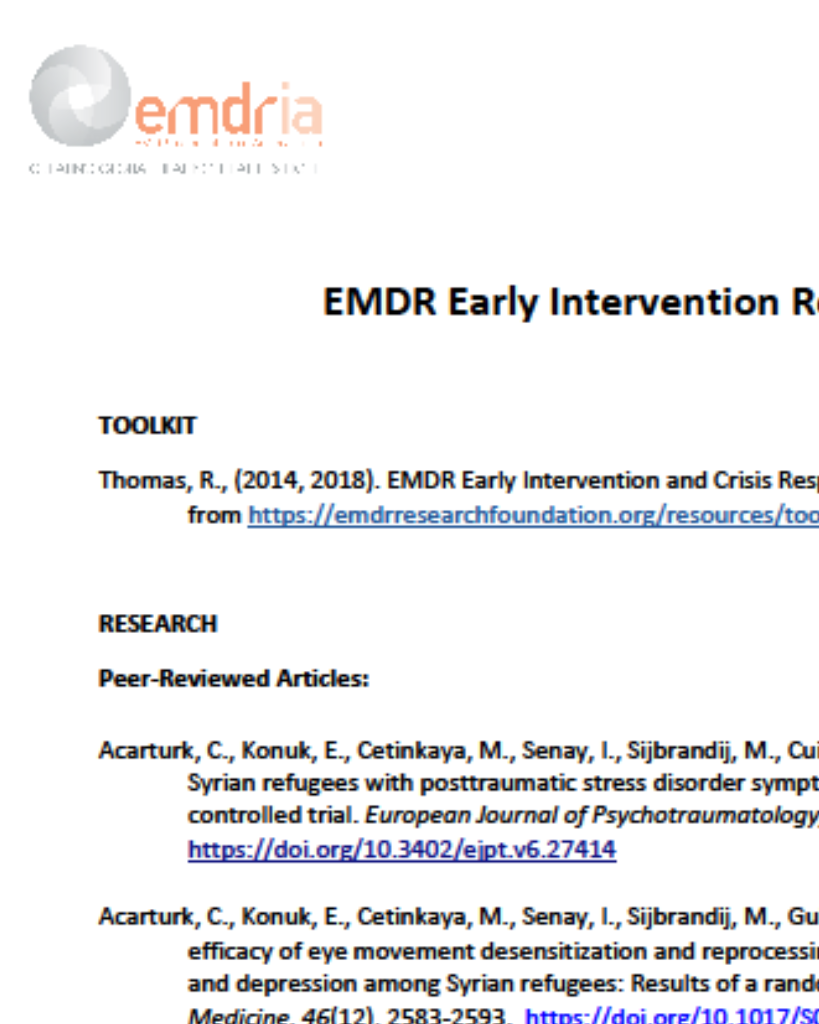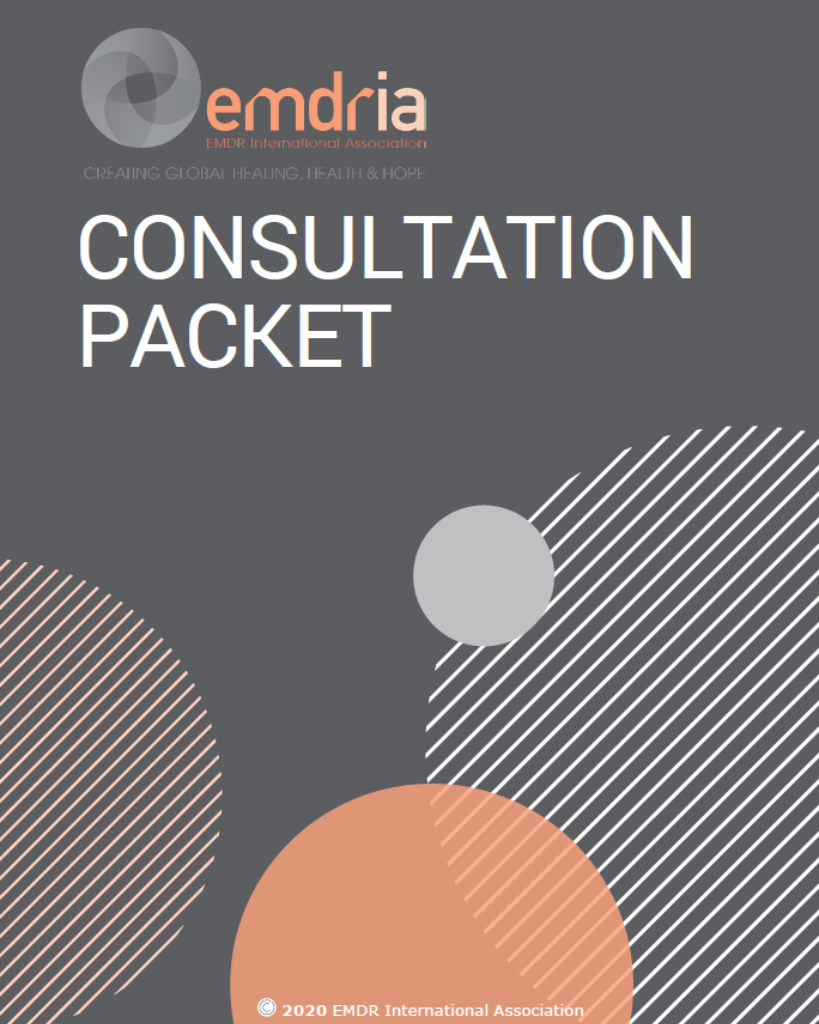The Network Balance Model of Trauma and Resolution—Level I: Large-Scale Neural Networks
The default mode network functions in autobiographical memory, self-oriented and social cognition, and imagining the future.
Article Abstract
“There are three large-scale neural networks in the brain. The default mode network functions in autobiographical memory, self-oriented and social cognition, and imagining the future. The central executive network functions in engagement with the external world, goal-directed attention, and execution of actions. The salience network mediates interoception, emotional processing, and network switching. Flexible, balanced participation of all three networks is required for the processing of memory to its most adaptive form to support optimal behavior. The triple network model of psychopathology suggests that aberrant function of these networks may result in diverse clinical syndromes of psychopathology (Menon, 2011). Acute stress causes a shift in the balance of the large-scale networks, favoring the salience network and rapid, evolutionarily proven survival responses. This shift results in memory being processed by the amygdala and hippocampus, with limited participation of the prefrontal cortex. Typically following the resolution of stress, balance of the three networks is restored, and processing of memory with prefrontal cortex participation resumes spontaneously. The Network Balance Model of Trauma and Resolution posits that failure to restore network balance manifests clinically as posttraumatic stress disorder (PTSD), with inadequately processed and dysfunctionally stored memory (Chamberlin, 2014). Using eye movement desensitization and reprocessing (EMDR) therapy as an example, the model illustrates how the phases of the standard protocol activate specific networks, restoring network balance and the optimal processing of memory. The model offers a physiological mechanism of action for the resolution of psychological trauma in general, and EMDR therapy in particular.”
—Description from publisher
Article Access
Open Access
Chamberlin, D. E. (2019). The Network Balance Model of Trauma and Resolution—Level I: Large-Scale Neural Networks. Journal of EMDR Practice and Research, 13(2), 124–142. https://doi.org/10.1891/1933-3196.13.2.124
About the Journal
The Journal of EMDR Practice and Research is a peer-reviewed publication devoted to integrative, state-of-the-art papers about Eye Movement Desensitization and Reprocessing. It is a broadly conceived interdisciplinary journal that stimulates and communicates research and theory about EMDR, and their application to clinical practice. The Journal of EMDR Practice and Research is the Official Publication of the EMDR International Association.
Date
June 1, 2019
Creator(s)
D. Eric Chamberlin
Practice & Methods
Mechanisms of Action, Neurobiology
Extent
21 pages
Publisher
Springer Publishing Company
Rights
Copyright © 2019 EMDR International Association
APA Citation
Chamberlin, D. E. (2019). The Network Balance Model of Trauma and Resolution—Level I: Large-Scale Neural Networks. Journal of EMDR Practice and Research, 13(2), 124–142. https://doi.org/10.1891/1933-3196.13.2.124
Series
13
Installment
2
Audience
EMDR Therapists
Language
English
Content Type
Article, Peer-Reviewed
Original Source
Journal of EMDR Practice and Research
Access Type
Open Access





